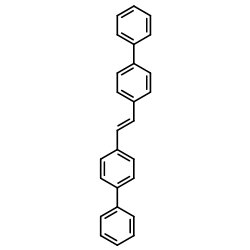High frequency of SPG4 in Taiwanese families with autosomal dominant hereditary spastic paraplegia.
Min-Yu Lan, Yung-Yee Chang, Tu-Hseuh Yeh, Szu-Chia Lai, Chia-Wei Liou, Hung-Chou Kuo, Yih-Ru Wu, Rong-Kuo Lyu, Jen-Wen Hung, Ying-Chao Chang, Chin-Song Lu
文献索引:BMC Neurol. 14(1) , 216, (2015)
全文:HTML全文
摘要
Hereditary spastic paraplegias (HSPs) are a group of neurodegenerative diseases characterized by progressive spasticity and weakness of the lower limbs. SPG4, SPG3A and SPG31 are the three leading causes of autosomal dominant (AD) HSPs.A total of 20 unrelated AD-HSP families were recruited for clinical and genetic assessment. Detection of mutations in SPG4, SPG3A and SPG31 genes was conducted according to a standard protocol. Genotype-phenotype correlations and determinants for disease severity and progression were analyzed.Mutations in the SPG4 gene (SPAST) were detected in 18 (90%) of the AD-HSP families. Mutations in SPG4, SPG3A and SPG31 genes were not detected in the remaining two families. Considerable variations in clinical features were noted, even for mutation carriers from the same family. Mutations causing complete loss of the spastin AAA cassette were associated with earlier onset of disease (20 ± 18 years) compared with those with preservation of partial or total AAA cassette (32 ± 19 years, p = 0.041). For those with SPG4 mutations, disease severity was related to the patients' current age, and the progression rate of disease was positively correlated with age at onset.SPG4 accounts for most of the AD-HSP cases in Taiwanese, with a frequency significantly higher than in other populations. SPAST mutations which predict complete loss of the spastin AAA cassette were associated with an earlier onset of disease.
相关化合物
| 结构式 | 名称/CAS号 | 分子式 | 全部文献 |
|---|---|---|---|
 |
反式-4,4ˊ-二苯基芪
CAS:2039-68-1 |
C26H20 |
|
Quantitation of 5-Methyltetrahydrofolic Acid in Dried Blood ...
2015-01-01 [PLoS ONE 10 , e0143639, (2015)] |
|
Development and validation of a HPLC-UV method for the quant...
2015-02-01 [Clin. Chem. Lab Med. 53(3) , 435-44, (2015)] |
|
Simultaneous determination of trimethoprim and sulfamethoxaz...
2015-01-01 [Bioanalysis 7 , 1137-49, (2015)] |
|
Sodium montmorillonite/amine-containing drugs complexes: new...
2015-01-01 [PLoS ONE 10 , e0121110, (2015)] |
|
Comparison of the properties of periphyton attached to modif...
2016-02-01 [Environ. Sci. Pollut. Res. Int. 23 , 3718-26, (2016)] |